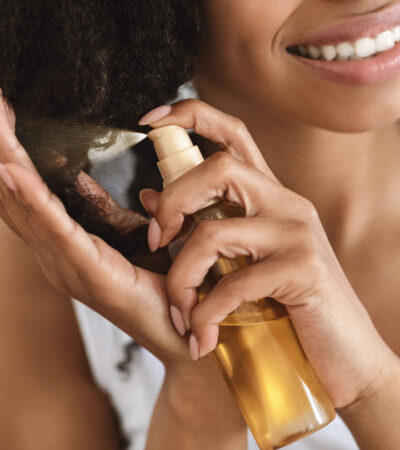Table of Contents
Best Tips For Keeping Hair Healthy
It’s a common dream of having long, thick hair that bounces with a camera-ready effect each time you walk. But getting hair that is both beautiful and healthy isn’t as simple as we’d like to believe. Unfortunately, we’re continually exposed to factors like stress and pollution that damage our hair. And the list doesn’t end just there; more elements have subtle but damaging effects on our hair. Read on to know all the things that we can do to keep our hair healthy.
1. How Often Do You Wash Your Hair
How often you wash your hair should be based on how much oil your scalp produces. If your scalp is oily, you may need to wash it as often as once a day. If you have chemically treated hair, your hair may be drier, so you may want to wash it less frequently. As you get older, your scalp makes less oil, so you may not need to shampoo as often. But if you see flakes in your hair, you may not be shampooing enough. This can lead to dandruff and other scalp diseases.
2. Use Conditioner After Every Shampoo
Use conditioner after every shampoo unless you use a “2-in-1” shampoo, which cleans and conditions hair. Using a conditioner can significantly improve the look of damaged or weathered hair by increasing shine, decreasing static electricity, improving strength, and offering some protection from harmful UV rays.
3. Altering Your Style Regularly
It’s more convenient to separate our hair the way we always have, yet doing so might induce thinning and eventual baldness. Constantly putting pressure on the hair, in the same way, might lead to damage. Altering your style regularly makes you seem fresh and conceals those pesky new hairs.
4. Repeat Your Hairstyle
If you wear your hair in a ponytail or braid daily, you may have hair loss around the hairline. You might also get headaches and neck pain. That’s why mixing things up every once in a while is good.
5. Conditioner Should Be Used On The Tips Of The Hair
Concentrate conditioner on the tips of the hair. Because conditioners can make fine hair look limp, they only should be used on the tips of the hair and not on the scalp or length of the hair.
6. Wear A Swimming Cap In The Pool
An essential benefit of wearing a swim cap is that it shields your hair from the damaging effects of chlorine, which makes the pool more pleasant for everyone. Of course, swim hats don’t really keep your hair dry, but they protect your scalp and hide it from the damaging consequences of chlorine and other pool chemicals.
7. Combing Your Hair In The Shower
Brushing your hair, wet or dry, is a personal preference. Curly hair may be protected from frizz by being combed out before drying. However, the opposite happens with straight hair. Stroking damp hair can lead to unwanted split ends.
8. Swap Your Regular Towels With Microfiber One
As their primary function implies, towels are great at soaking up water, but they may not be too effective at their job if you care about your hair. They can produce frizz by soaking up too much moisture and causing friction. Swap your regular towels with microfiber ones, or use a head wrap.
9. Put Coconut Oil On Your Fine Hair
Coconut oil adds gloss to thin hair. It also contains several hair-beneficial substances, so products containing these components are worth considering.
10. Use Any Sort Of Sun Protection On Your Hair
It’s common knowledge that sun exposure can cause skin damage. Therefore, we should constantly protect ourselves with high SPF sunscreen. Hair, too, must be shielded from the sun’s rays to prevent damage. Leave-in conditioner should be used every other day if you spend a long time in the sun. Wearing a sunscreen-infused heat protector is also recommended.
11. Don’t Color Your Entire Head Of Hai, when You Sport A Few Gray Hairs
Just because you’ve seen a few gray hairs here and there doesn’t mean you must rush out and cover them all with color. Thin hair and scalp issues are direct results of excess chemical usage. Instead, you can undergo a demi-permanent treatment at the salon, wherein just specific parts will be dyed.
12. Do Not Put Excess Castor Oil In Your Hair
While certain oils might help your hair, others can do more harm than good. For example, castor oil is recommended for eyebrows and eyelashes. However, the thick nature of the oil attracts more dust and dirt and results in sediments on your scalp. This may make certain hair types and textures more frizzy and tangled. Therefore it’s not an ideal hair oil choice despite the common notions.
Taking care of your hair is no joke; and no matter how much you try, bad hair days are inevitable. However, the most important thing to note about hair care is that there is no one size fits all formula. Every hair texture and type differs from person to person and needs to be supplemented with the right products and ingredients.

